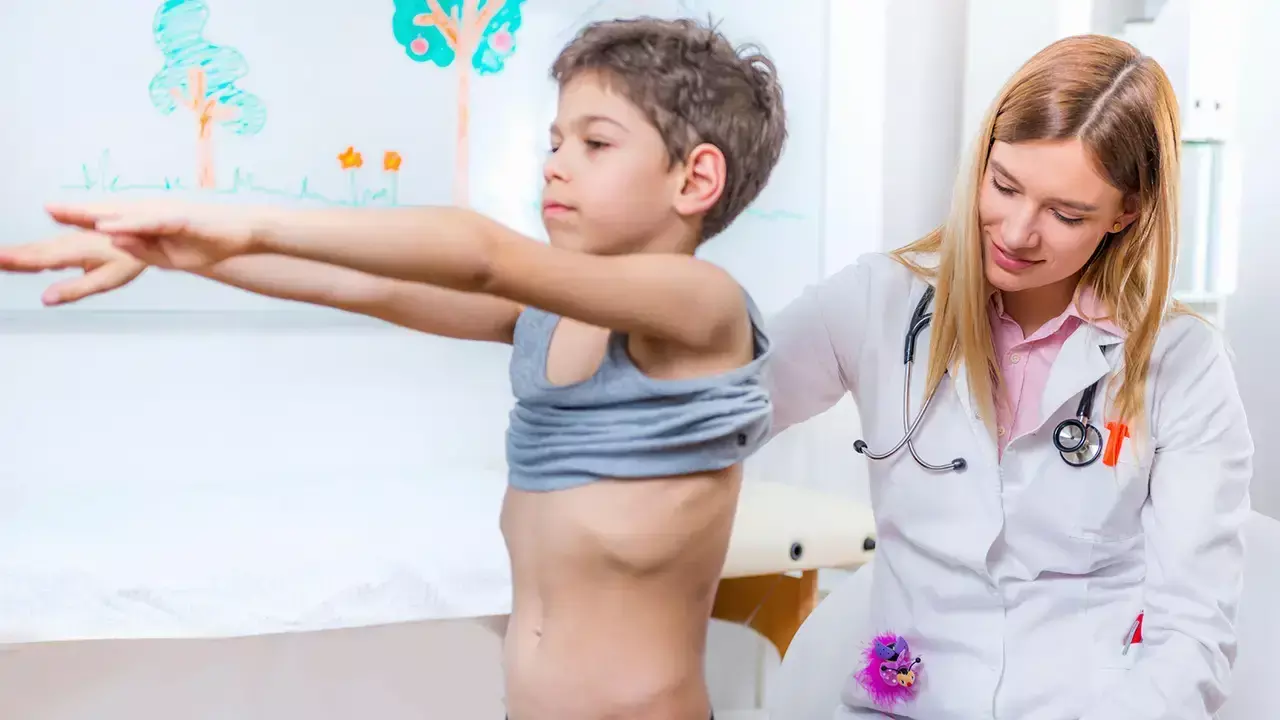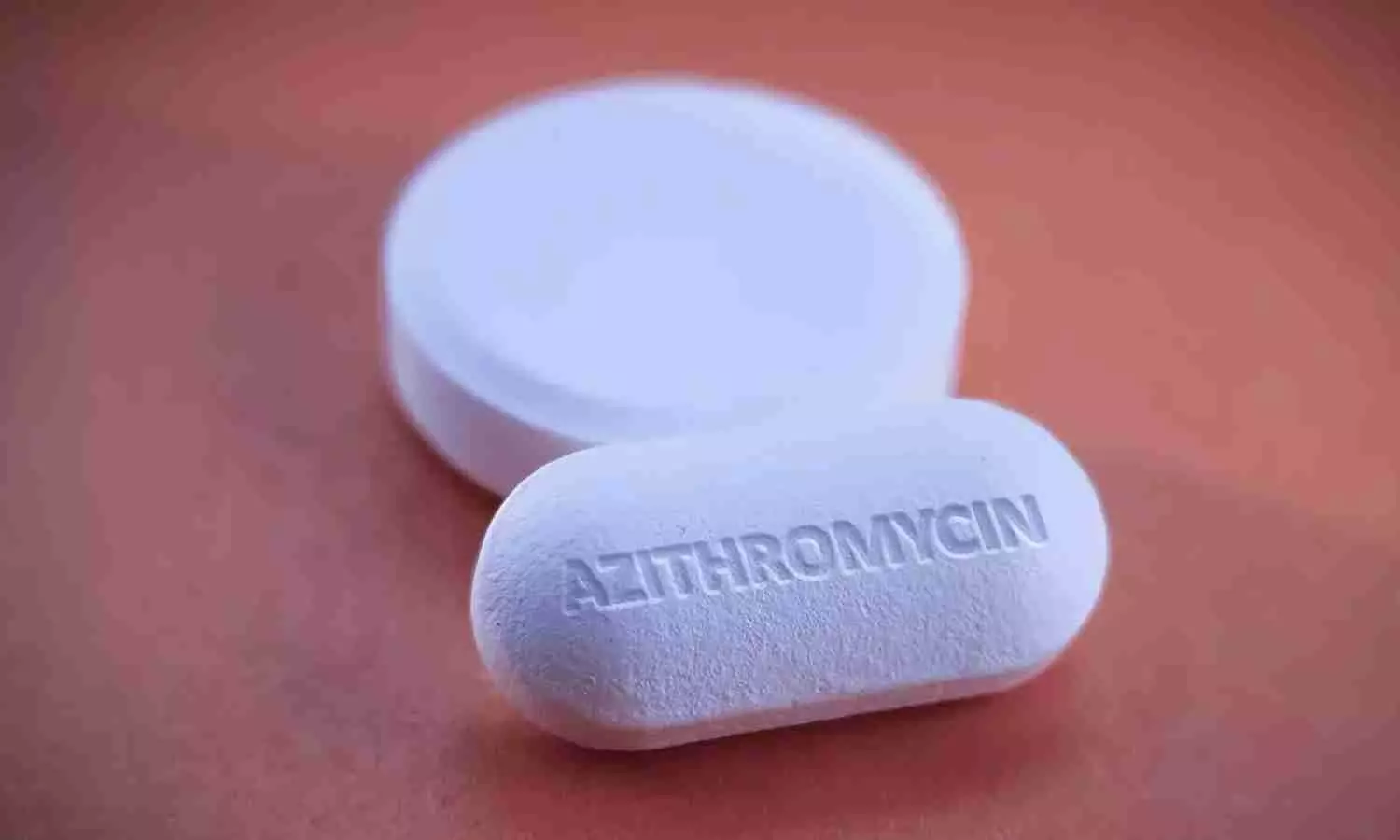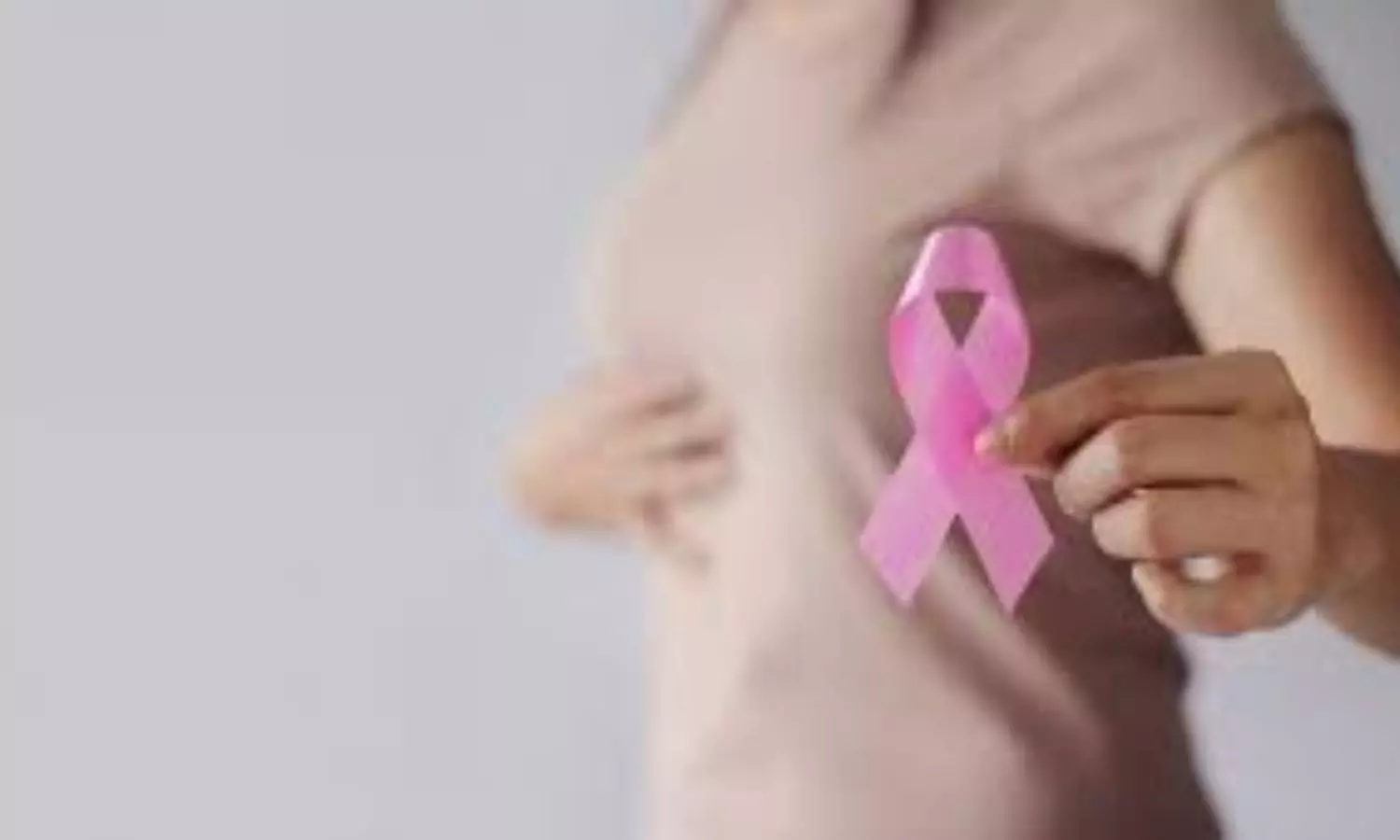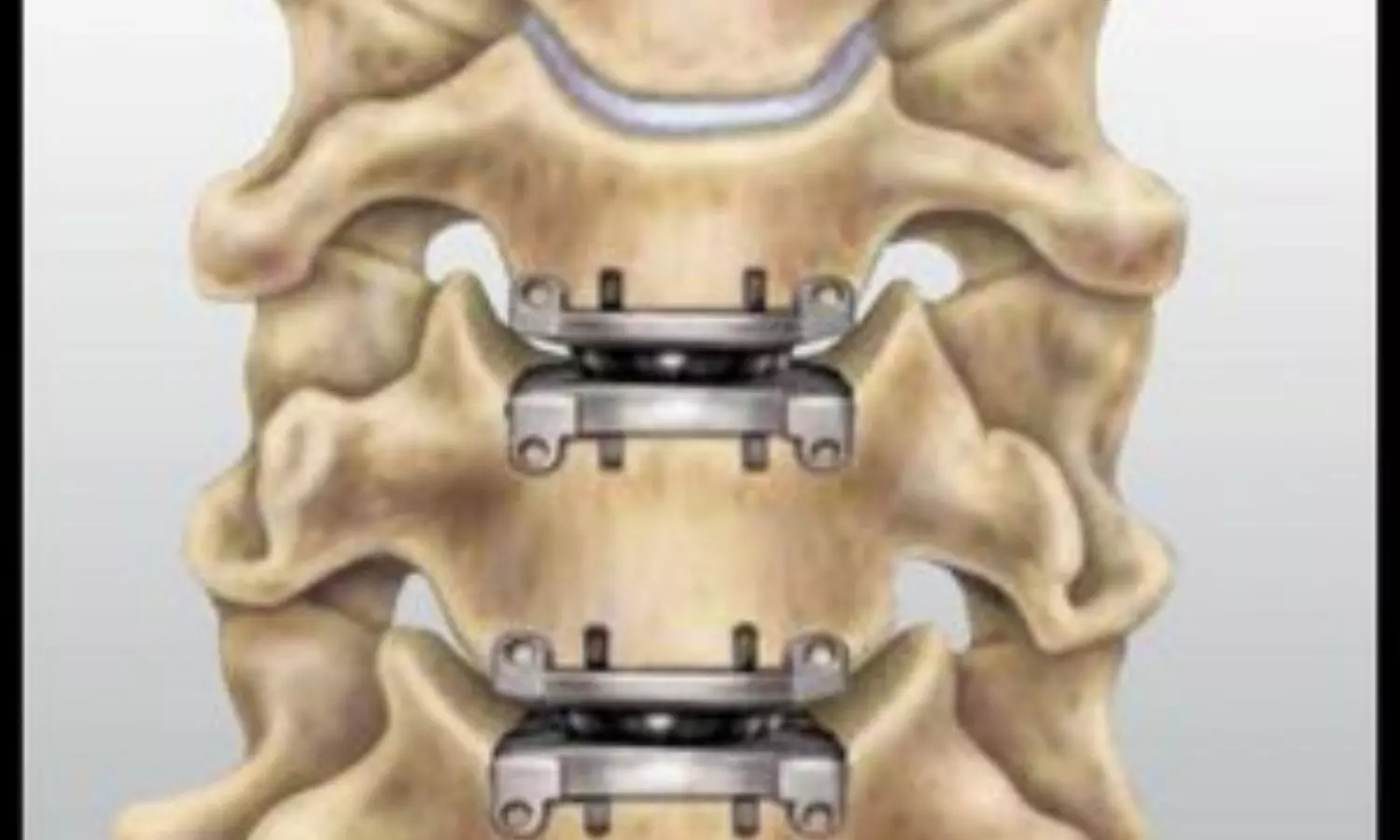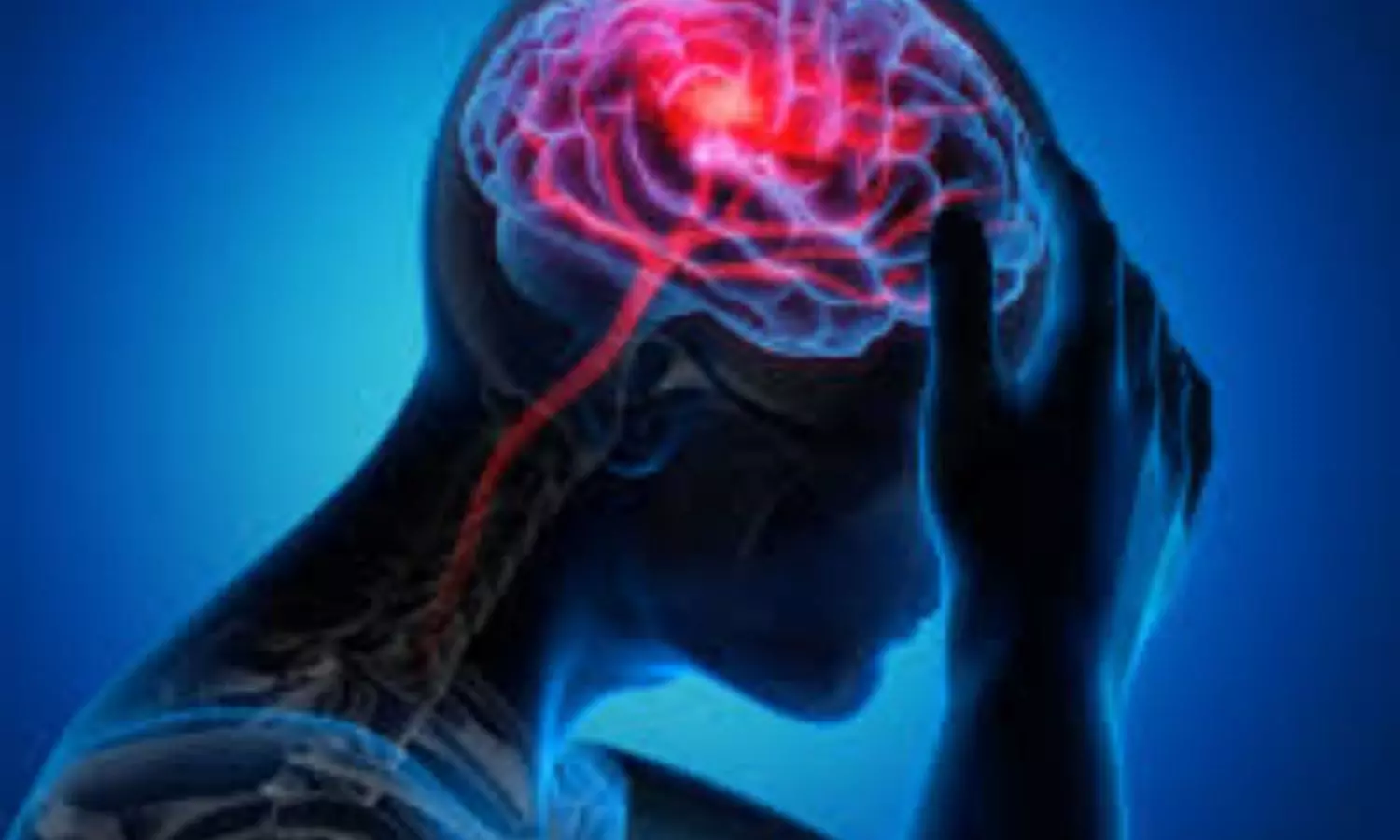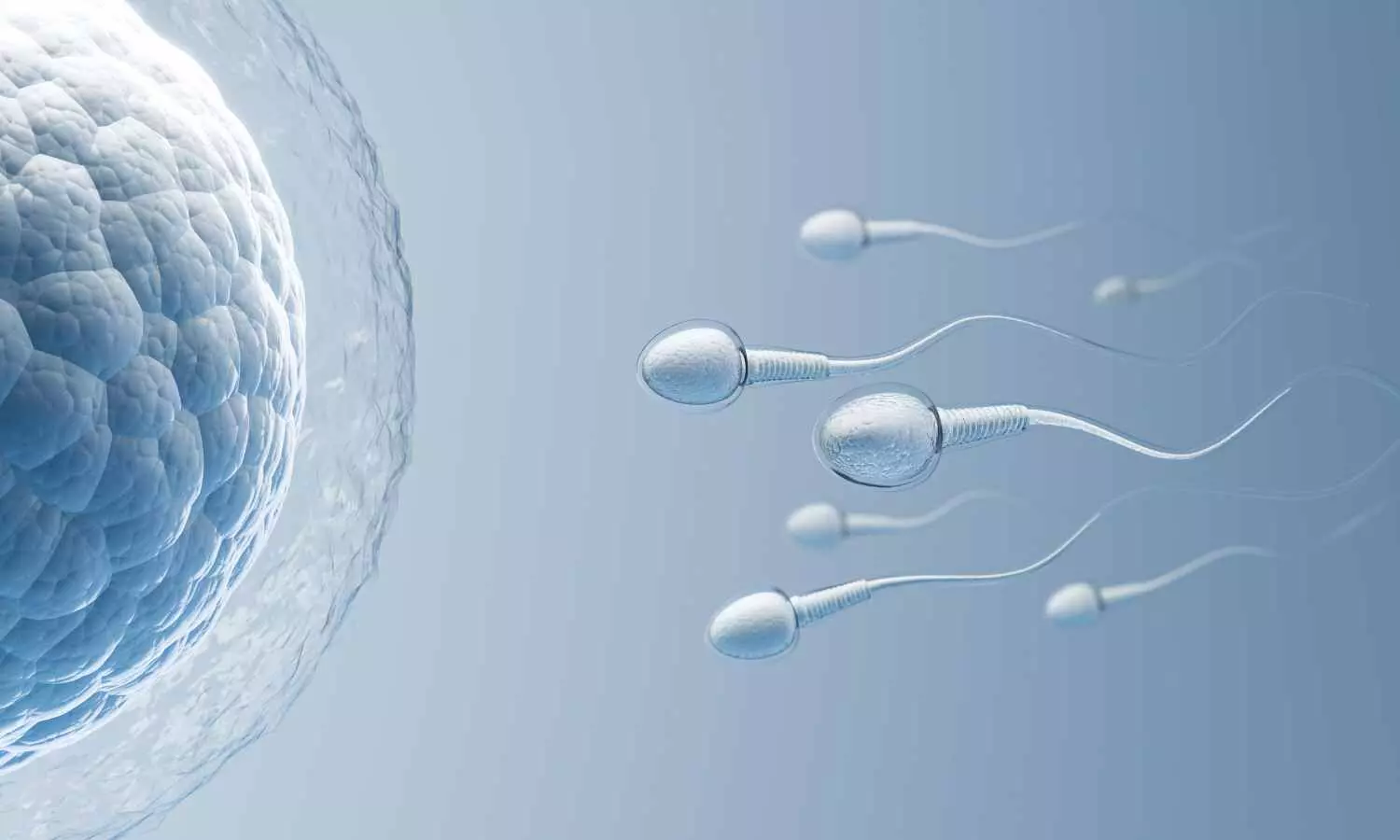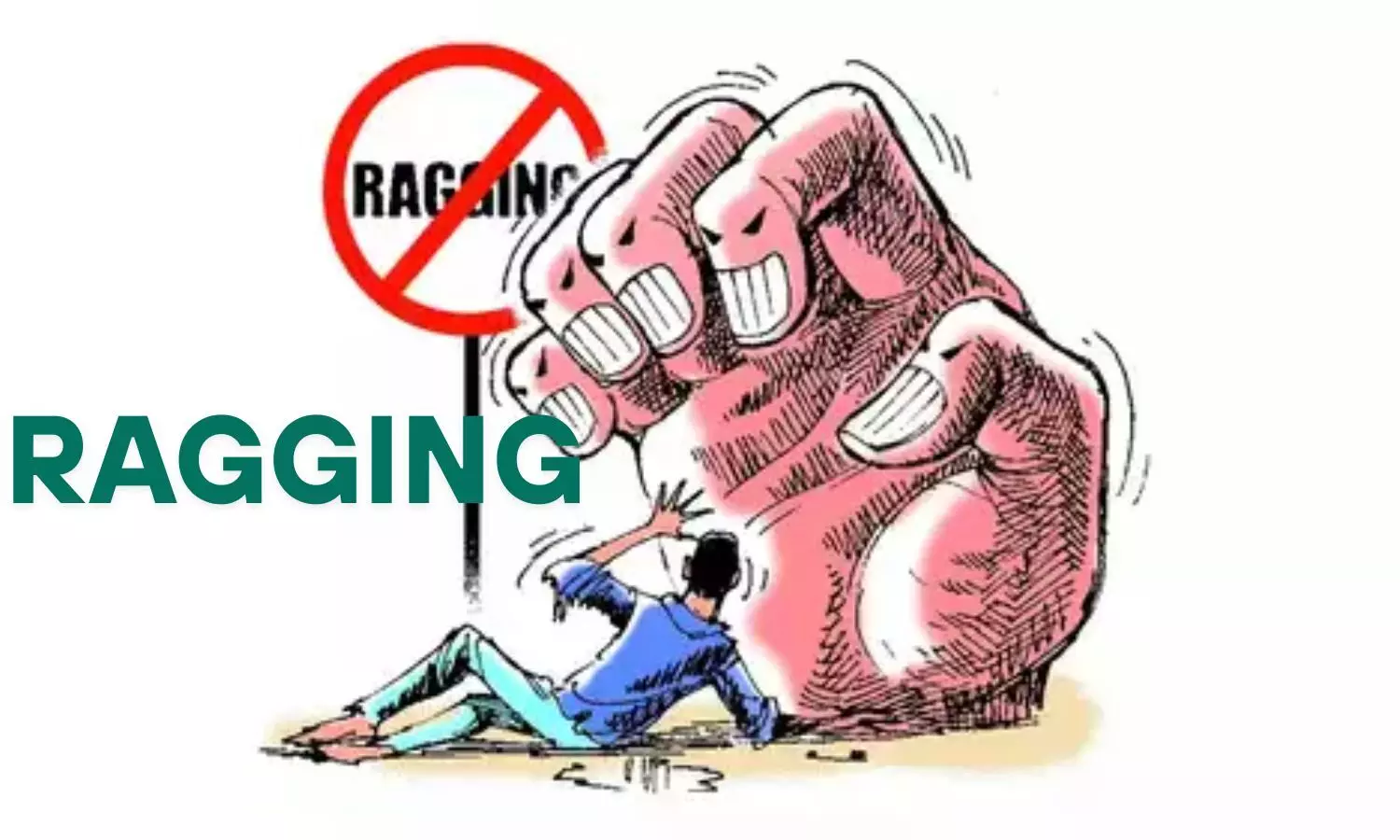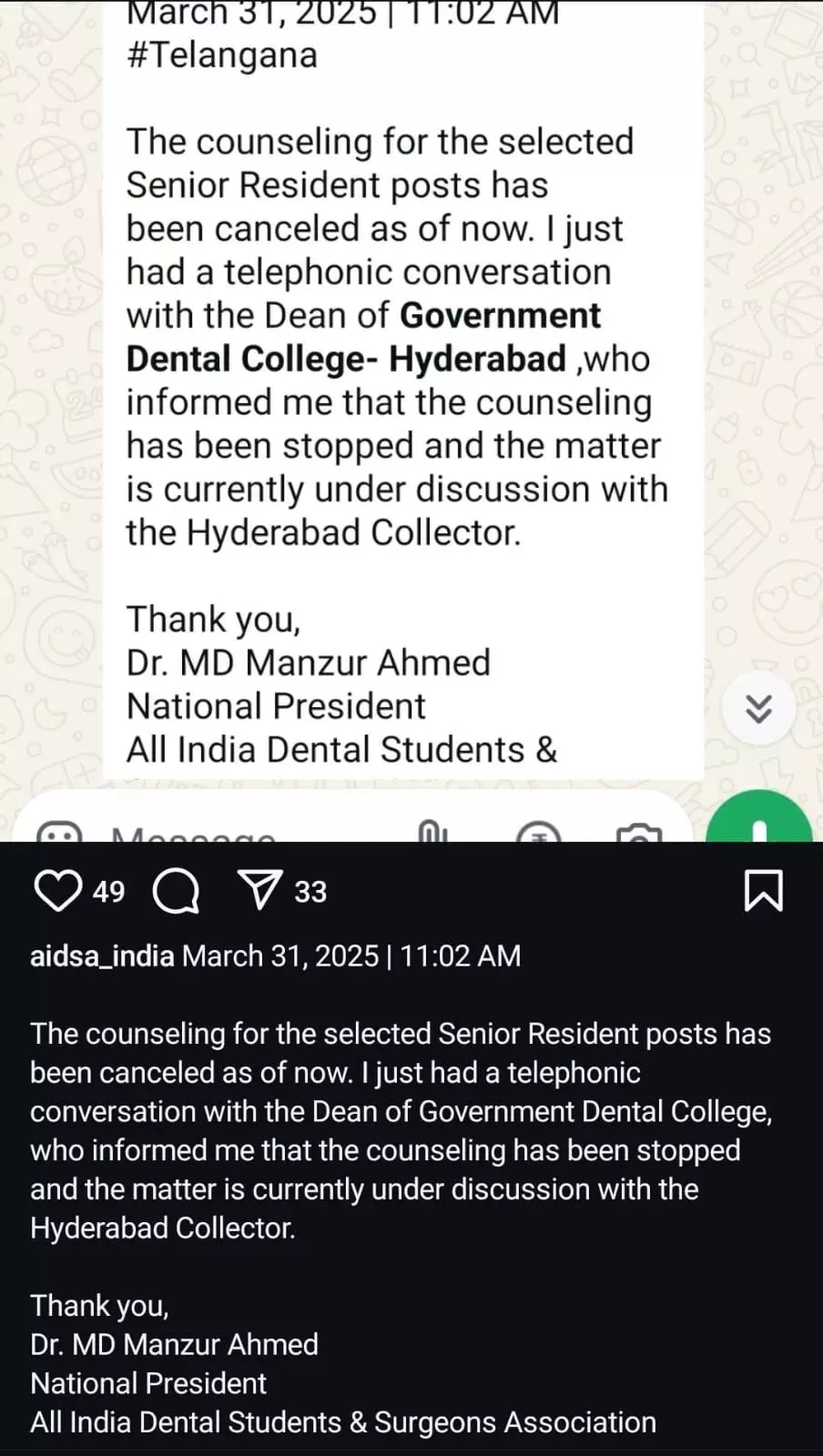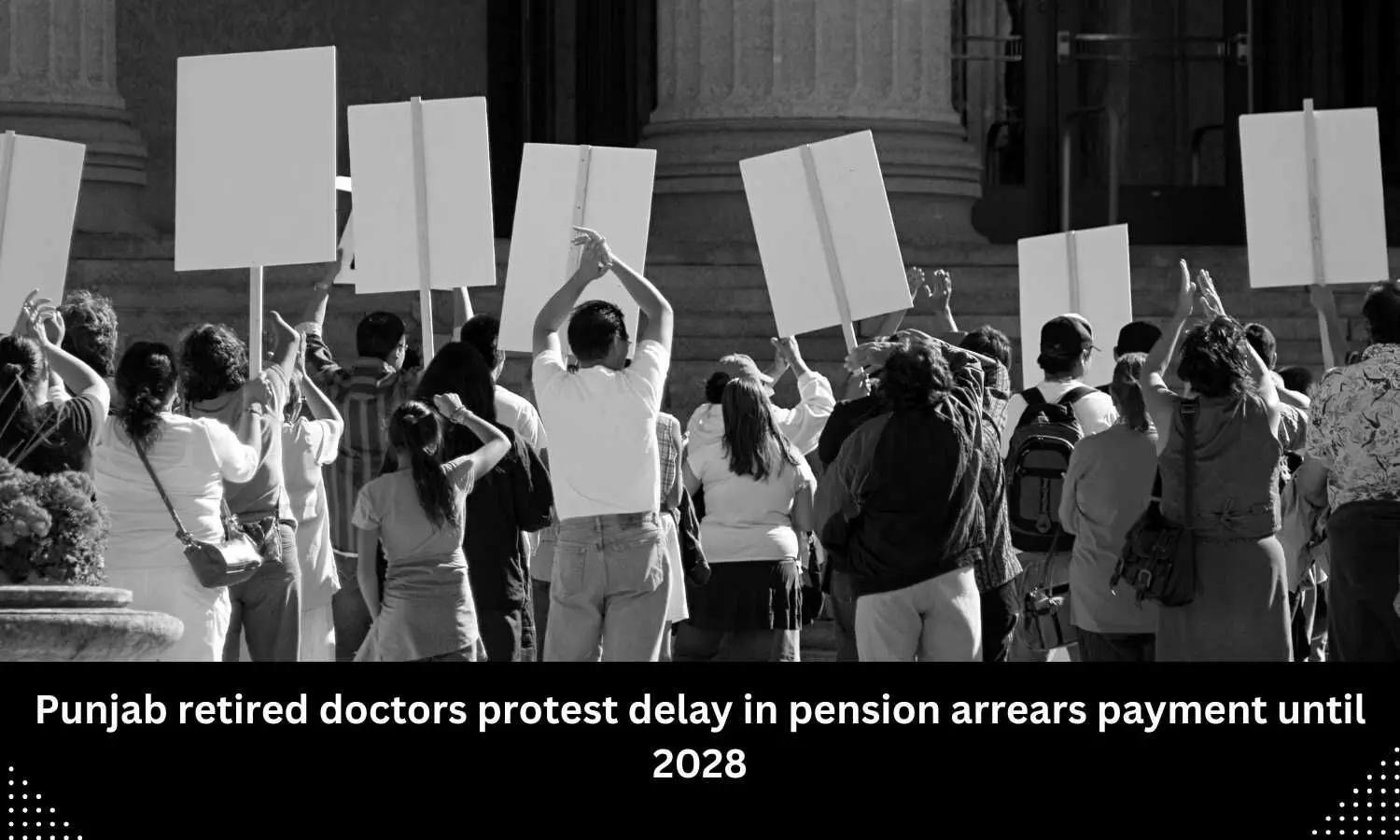Calcipotriol Boosts Effectiveness of Daylight Photodynamic Therapy for Actinic Keratoses: Study Finds

Italy: A recent case-control study published in Dermatology Reports has demonstrated that pre-treating actinic keratoses (AKs) with calcipotriol (CAL) ointment before daylight photodynamic therapy (DL-PDT) significantly improves treatment outcomes. Actinic keratoses commonly appearing on sun-exposed skin are precursors to squamous cell carcinomas (SCCs), making effective management crucial for skin cancer prevention.
The study involved 20 immunocompetent male patients with grade I-II AKs on the face and/or scalp. Participants were randomly divided into two groups: the case group received 0.005% calcipotriol ointment for 14 days before undergoing DL-PDT, while the control group applied a standard moisturizing cream. Both groups then underwent three sessions of DL-PDT to assess treatment efficacy.
To measure the effectiveness of this approach, Benedetta Sonego, Dermatology Clinic, Maggiore Hospital, University of Trieste, Italy, and colleagues used the Actinic Keratosis Area Severity Index (AKASI) scoring system, evaluating actinic damage at baseline, three months, and six months post-treatment. Results revealed a notable reduction in AKASI scores among patients who received calcipotriol pre-treatment, suggesting that CAL enhances the therapeutic impact of DL-PDT.
The combination therapy was well tolerated, with minimal discomfort reported among participants. This underscores the potential of calcipotriol as a safe and effective adjunct to DL-PDT for managing AKs.
The study led to the following findings:
- Significant AKASI Score Reduction: Patients pre-treated with calcipotriol (CAL) showed a greater reduction in AKASI scores compared to the control group, indicating enhanced treatment efficacy.
- Improved DL-PDT Effectiveness: CAL pre-treatment boosted the therapeutic impact of daylight photodynamic therapy (DL-PDT) for actinic keratoses.
- Well-Tolerated Treatment: The combination therapy was safe and effective, with minimal patient discomfort.
These findings highlight the clinical benefits of incorporating calcipotriol into AK treatment regimens, potentially improving lesion clearance and reducing the risk of progression to SCCs. Further research could help establish this approach as a standard practice, offering a more effective solution for individuals at risk of actinic damage and non-melanoma skin cancers.
“The findings indicate that integrating calcipotriol into the treatment regimen enhances AK clearance and may reduce the risk of progression to squamous cell carcinoma, offering a promising approach for improved skin cancer prevention,” the authors concluded.
Reference:
Sonego, B., Zelin, E., Bonin, S., Pozzebon, T., Bazzacco, G., Corio, A., Agozzino, M., Caro Caposiena, D. R., Zalaudek, I., & di Meo, N. (2024). Calcipotriol as a daylight photodynamic therapy enhancer: a case-control study. Dermatology Reports, 17(1). https://doi.org/10.4081/dr.2024.10077
Powered by WPeMatico

